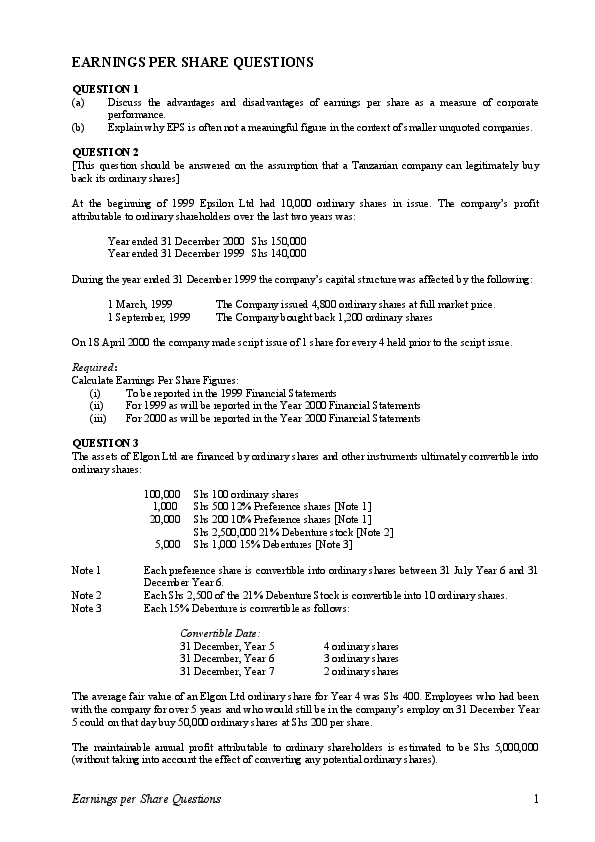Contents
Shallow hoeing is preferred as deep hoeing destroys the fibrous roots. Foliar spray of micronutrients is more effective in roses. methods of measuring risk Rose is propagated by seeds, budding, grafting, layering, cuttings; and through micro-propagation for disease-free plants.
- After winter, you need to fertilize again during spring.
- It’s hard to imagine any place in India where good rose flowers cannot bloom, so plant your sapling today.
- Light pruning generally results in profusion of flowers.
- Red Scales & dieback fungus are two primary diseases that affect the Roses in India along with Red Mites, Mealybugs, Powdery Mildew & Black Spots.
The most common pests that affect the rose plants are aphids. Use eggshells, onion peels, or compost tea every week, which are natural feeds that enrich the soil with nutrients. Rose plants should be fertilized every week for the healthy growth of the plant with good blooms.
Frequently Asked Questions About Saffron Farming
Would you like to receive notifications for buying products at best prices. Roses continue to bloom all year long in right conditions. As long as it gets favorable environment conditions, they continue to bloom. Aphids and other common garden pests are easily treated with a spray of soap and neem oil. 12) Spray German Tek and SAAF fungicide before and after pruning. Must spray SAAF once in a month with any insecticide you are using.

The width of the bed should be 1.0 m and the length of the bed should be depending on the dimension of the playhouse. In the rectangular bed, planting two rows will be a good practice. Average plant population varies from 7 to 9 plants per sq.m. Let’s know how you can grow healthy rose plantation if you want to have your garden filled with beautiful roses. In India, different varieties of Roses are grown by grafting and budding method, rather than planting stem or seed sowing. Eye budding (T-shaped budding) is the most common nursery method for growing various rose hybrids that are grafted over wild rootstock plant.
Urban Gardening for Beginners, Tips, and Ideas
Being a queen of flowers, the rose plant is very easy to multiply its number with a simple method. Who does not want these crush flowers in their home in more numbers? Yes, every green thumb likes to have more and more number of these queens in their garden. Here you will get brief information regarding how to multiply rose plants easily at home like a pro gardener.

Add a 1-inch thin layer of gravel at the bottom of the container. These help to promote proper draining and prevents dripping of the soil. If planning to move containers around in your garden, use lightweight containers. Use containers made from materials like plastic, fiberglass, and recycled composites.
Growing Aloe Vera in Pots from Cuttings, Seed, Division
After planting, give the container a deep drink of water and mulch the soil surface. A two-inch layer of natural bark mulch helps the soil hold moisture and reduces the need to water. Potassium is also referred to as potash, helps Roses recover when stressed by insect and disease damage, or by extreme weather conditions.
- Mix fertilizer with some soil, add little water with this mixture and make a firmly tight lump at one end of the stem.
- This manure fertilizer helps your plants grow properly and in a healthy way.
- In spring, some growers spread a tablespoon of Epsom salts around the base of the plant, which provides magnesium for healthy foliage.
- The soil should be kept hardly moist to grow black rose properly and take care that water should not stand as this may cause mold growth.
- Pinching reduces plant height and increases new axillary branching.
Rose plants should be transplanted as soon as possible to the new and large container, as they as sold in very small nursery containers. Mulching reduces weed infestation and promotes the economy of irrigation water. Various https://1investing.in/ materials such as dry plant leaves and paddy straw etc can be used for mulching. In the central part of India & Rosa damascene in southern India have been found highly promising and extensively used rose root-stocks.
Vertical Gardening Frequently Asked Questions (FAQs)
When it comes to choosing a pot for container Rose gardening, size matters and bigger is better. Roses have extensive root systems and a standard-size Rose should be planted in a container in the 8 to 15-gallon size range. The pot should be big enough to accommodate the root ball of the plant, plus offer room for growth. A large container also holds more soil volume and dries out less frequently than a smaller pot, which means less watering for you. Although beautiful and well tended gardens impart a great look to your house, it can be a tedious job. Careful treatment and ensuring proper growth of all the plants isn’t an easy task.
For established plants, lightly mix 2 tbsp per gallon into the soil surface every month during the growing season. Please increase the quantity @ 1 Tablespoon per foot of plant height or pot diameter whichever is larger. Giving the Epsom salt to the plant during the beginning of growing seasons can strengthen the growth of the rose plant. Mix 1 tablespoon of Epsom salt in one gallon of water.
In a temperate climate, it can be planted in the open field from October-November and February to March. Roses should be planted on thoroughly prepared pits in beds. Before the operation of planting, this should be ensured that the soil just moist in beds.
September to October is the best time to plant roses in plain areas. On hilly areas, February to March is the best time to plant roses. You can prune up to about half of the growth of each branch of old plants. Avoid spraying water on the foliage to prevent fungal disease. Also avoid waterlogging as roses are sensitive to too much water.